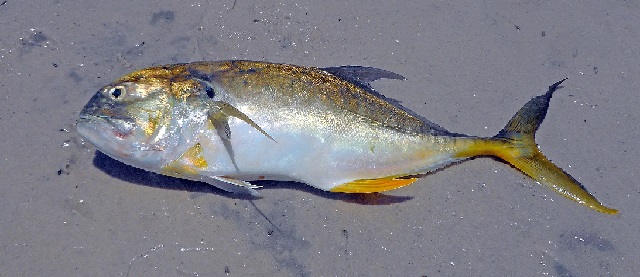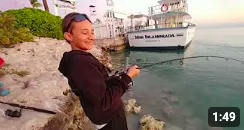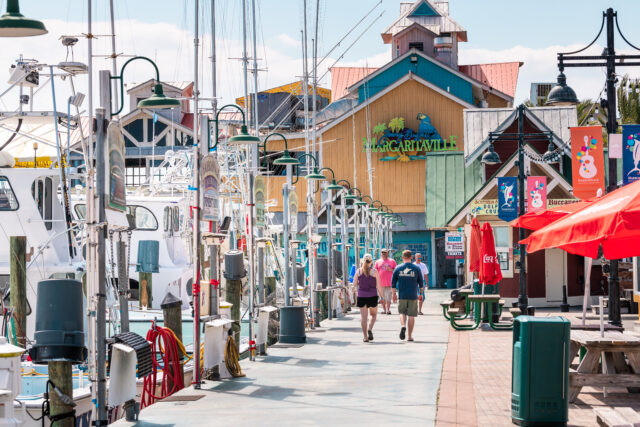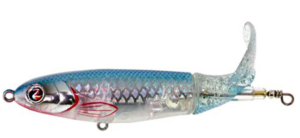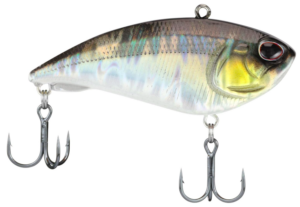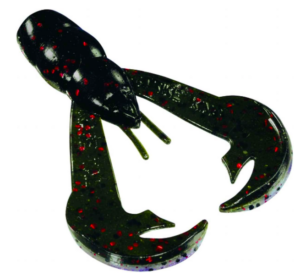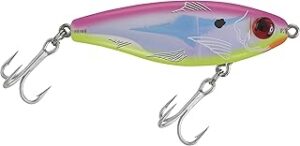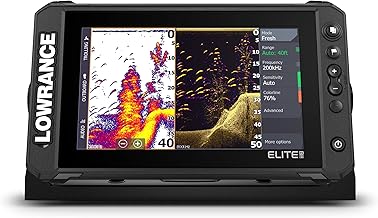This area is home to so much shallow water, it’s like basically having a monster flat with a maze of islands and bays that will keep you busy for as long as you have the time to fish. Moving water is key for most species of fish and the slack tide usually provides the worst fishing conditions for most fish. Redfish and sea trout are the primary species targeted here, but there are other fish you can catch such as snook, flounder, jacks and more.
Fish the Grass Flats
Since this area is kind of one huge flat, you’re going to be fishing flats if you’re fishing the inshore waters around Cedar Key, Florida. Find the grass and you’ll have a much better shot at finding trout, redfish and more.
Fish the Potholes in the Grass Flats
Many of these large flats will have some spots in them where it is just a little bit deeper and these potholes will usually hold some fish. Find the deeper water in these spots and you’ll find redfish, trout, flounder and more.
Fish the Islands
There are so many islands in this area. While the fish may not always be relating to the island specifically, you’re going to be fishing around a lot of islands. Many of these islands are awesome for blocking the wind and waves. Some are setup perfect for fishing based on the current during tidal changes. Once you’re out here, you’ll be able to figure out what areas are holding most of the fish.
Popular Fish Caught Inshore
Below you can find some of the most popular fish that you can catch in the inshore waters of Amelia Island. There are also pictures and some fishing tips to help you catch more fish on your next visit here.
Black Drum
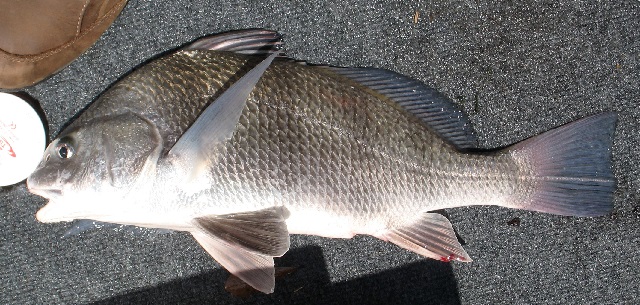
Black Drum are caught year round in the waters around Cedar Key. These huge drum can often be found feeding on the enormous flats in the area waters. Anglers do target them specifically, but lots of black drum are also caught by anglers targeting redfish and sea trout.
Black Drum Fishing Tips
Spring and fall are popular times to target black drum because they head into the bays and inlets to spawn. They feed on the bottom and some of the best baits are clams and crabs.
Visit our Black Drum fishing page to learn more.
Flounder
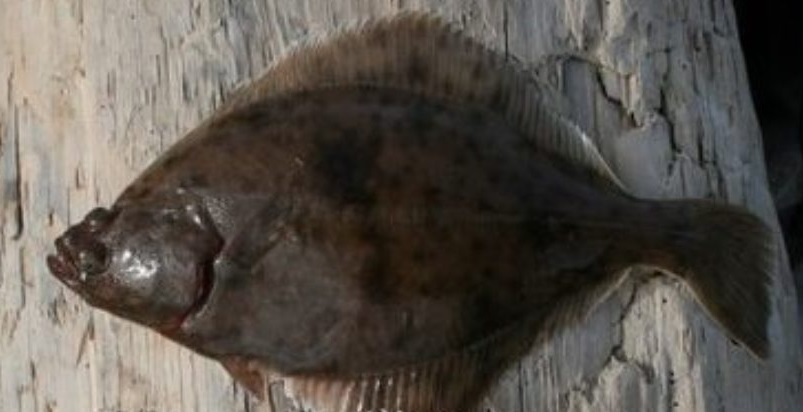
Flounder are found in the waters around Cedar Key year round. This area has tons of shallow water, so plan on fishing plenty of flats. Flounder and other popular inshore fish will be found in the deeper water along these grass flats. Many of these spots will be like potholes with just a little deeper water next to a flat and these fish will wait in the deeper water and ambush baitfish.
Flounder Fishing Tips
Flounder can be caught with artificial lures, however, for many anglers, live bait or natural baits are considered the norm when fishing for flounder. Flounder love hanging tight to the bottom, so pick out your favorite bottom rig and pair it with a bull minnow, finger mullet, pinfish or shrimp and you should catch some fish.
Visit our Flounder fishing page to learn more.
Jack Crevalle
Jack Crevalle are common in the inshore waters around Cedar Key, Florida. The warm weather months will push more fish into this area. They can be super exciting to catch when you find a school of them. Anglers target them with a variety of lures and baits, but topwater lures can be a lot of fun when they are feeding in the shallow inshore waters here.
Jack Crevalle Fishing Tips
Jack Crevalle are a very popular species for inshore anglers, although, they are commonly found offshore as well. These fish are extremely powerful and capable of making long runs, especially if you are using light tackle. Their average size ranges from 2 to 5 pounds, but in most areas fish up to 10 pounds are plentiful. Some people eat these fish, but most people would rate them as very poor-tasting.
Learn More About Jack Crevalle
Ladyfish are a popular fish to catch inshore. They are small and most people don’t get too excited about them, but you will run into some of these fish in the area waters. You can cut them up and use them as bait for redfish and other species too. Fish them alive for bigger fish such as sharks, bull redfish and other species too.
Ladyfish Fishing Tips
Ladyfish are cousins of the much larger tarpon. They have a long, slender body and are fairly small, averaging 2 to 3 pounds. They are fun to catch for young anglers, but for most adult anglers, ladyfish are used for bait. Ladyfish can easily be caught with a small hook, weight and live shrimp, small bait fish or cut bait.
Visit our Ladyfish fishing page to learn more.
Redfish

Redfish are very common in the waters of Cedar Key, Florida. There is so much good shallow water to fish here with all the islands and grass flats. You will find redfish all over the place, but one of the better spots to find them here are the spots with some deeper water near a grass flat. Don’t expect to find a bunch of good drop-offs. It will be more like a pothole that drops a foot or two next to some shallow grass. There are tons of spots like this in the area and redfish will be found ambushing bait in these potholes.
Redfish Fishing Tips
Anglers target redfish with a variety of artificial lures, live baits and natural baits. While you have so many options for targeting redfish, most anglers will keep it simple and use live shrimp, dead shrimp or lures that mimic a shrimp. You can target the smaller reds with medium heavy rods and reels, but if you are going after bigger redfish, you’re going to want to go with medium heavy to heavy action gear to help land some of these huge fish.
Visit our Redfish fishing page to learn more.
Saltwater Catfish
Catfish can be found throughout the waters around Cedar Key, Florida. Most anglers will catch them inshore here, but with how shallow the waters are here, you will catch some catfish further from shore as well. For most anglers, they can be a nuisance, however, they will often bite when other species will not, so they can definitely provide some action.
Hardhead Catfish
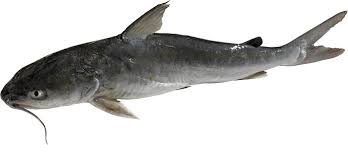
Gafftopsail Catfish
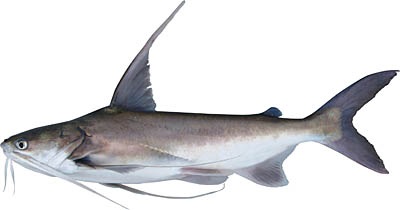
Catfish Fishing Tips
Catching catfish is easy in saltwater. Once you find them, they will easily bite many different types of cut baits. Just get your bait on the bottom, wait for the bite and then set the hook.
Sea Trout
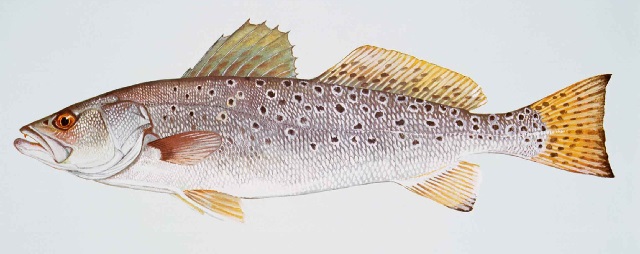
Sea trout are one of the most common fish to catch in the waters around Cedar Key, Florida. They are available year round in good numbers due to all the awesome shallow water grass flats. You will find trout throughout the area, so whether you are targeting them or not, you will most likely run into them here.
Sea Trout Fishing Tips
Sea trout give anglers lots of options because they can be very aggressive. At times, you can do just as well or even better with artificial lures. For the live bait anglers, you have a variety of live and natural baits that you can use to catch sea trout. Anglers can also get away with using lighter tackle as well since most of the better spots tend to be around shallow water grass flats.
Visit our Sea Trout fishing page to learn more.
Sharks
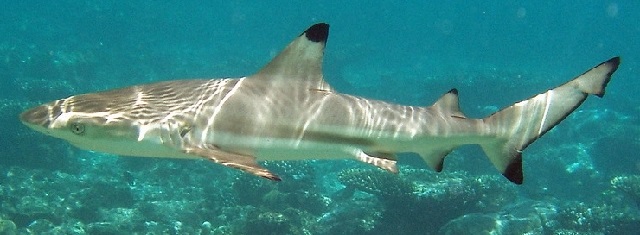
The Cedar Key area is home to lots of shallow water, so most of the better shark fishing will be offshore in deeper water. You can find some sharks in the shallows, but most of the sharks will be much smaller compared to what you will find offshore. To get to deeper waters, you will have to go out pretty far to get to 100 foot depths in this area.
Learn More About Sharks on our Shark Fishing page.
Sheepshead
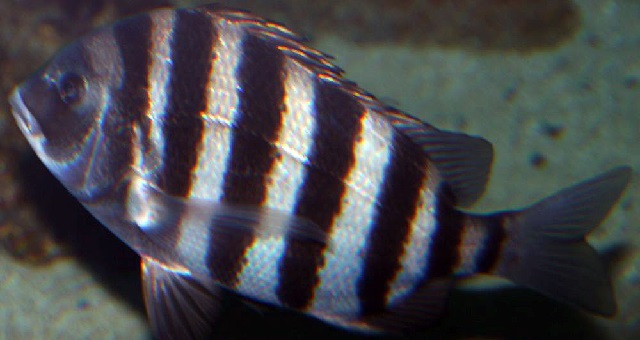
Sheepshead move into the waters of Cedar Key in good numbers during the colder months. They also bite well in cold weather and during slack water times, so they are a great fish to target inshore here during the winter months. Some anglers do target them in offshore waters as well.
Sheepshead Fishing Tips
Sheepshead are one of the tougher saltwater fish to catch on artificial lures. It can be done, but using live or natural baits can out fish lures by 10 to 1 or more at times. It is easy to understand why most anglers just go with live bait and they don’t even mess with lures when fishing for sheepshead. Shrimp and fiddler crabs are the most popular baits, but don’t rule out a variety of cut baits, oysters and sand fleas. Sheepshead are known for stealing your bait and they also are a tough fish, so make sure you have a strong enough hook and a solid medium-heavy to heavy action fishing rod or you will lose a lot of fish.
Visit our Sheepshead fishing page to learn more.
Snook
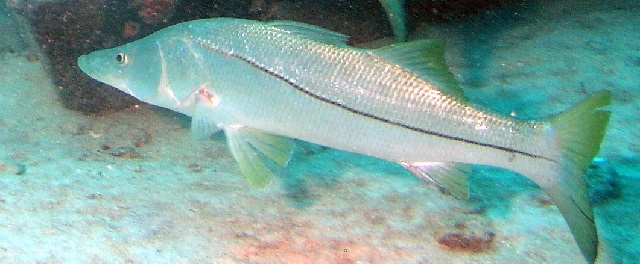
Some resident snook call these waters home, however, most of the bigger snook caught here will be migratory snook. As waters warm up in the late spring through summer, good numbers of snook will move north into all the Cedar Key area. If you want to target snook, there is a fishable population here during the warmer months, however, don’t expect to find snook in the numbers that you will find in the southern part of Florida.
Snook Fishing Tips
Most anglers prefer to use lures for snook, but live baits such as jumbo shrimp and pilchards are some of the best baits to use. At times, snook can be super tough to catch on lures, but a lively shrimp or pilchard will usually still get plenty of bites even when they are picky. If you fish for bass in freshwater, the type of tackle will be similar to largemouth bass fishing except you may have to upsize the rod, reel and line a bit.
Visit our Snook fishing page to learn more.
Tarpon
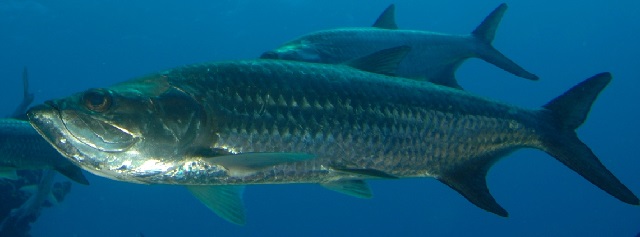
Tarpon move into the inshore waters around Cedar Key in good numbers during the summer. Migratory tarpon will find their way into this area in the late spring / early summer as they migrate up the coast. Some tarpon will hang out in this area through the summer while others will pass right by and head along the coastline. In the fall, migratory tarpon will move back down the coastline and down south into southern Florida for the winter. Anglers report some impressive catches in the Cedar Key waters every year.
Tarpon Fishing Tips
While many anglers may run into smaller tarpon and catch them without much effort, to consistently target bigger tarpon, you need to make sure you have the right tackle & equipment so things go your way. Tarpon will eat a variety of baits, so you have a lot of options when it comes to live & cut baits or artificial lures. The time of year is very important as well since tarpon will migrate a long way up and down both the Gulf & Atlantic Coasts each year.
Visit our Tarpon fishing page to learn more.

